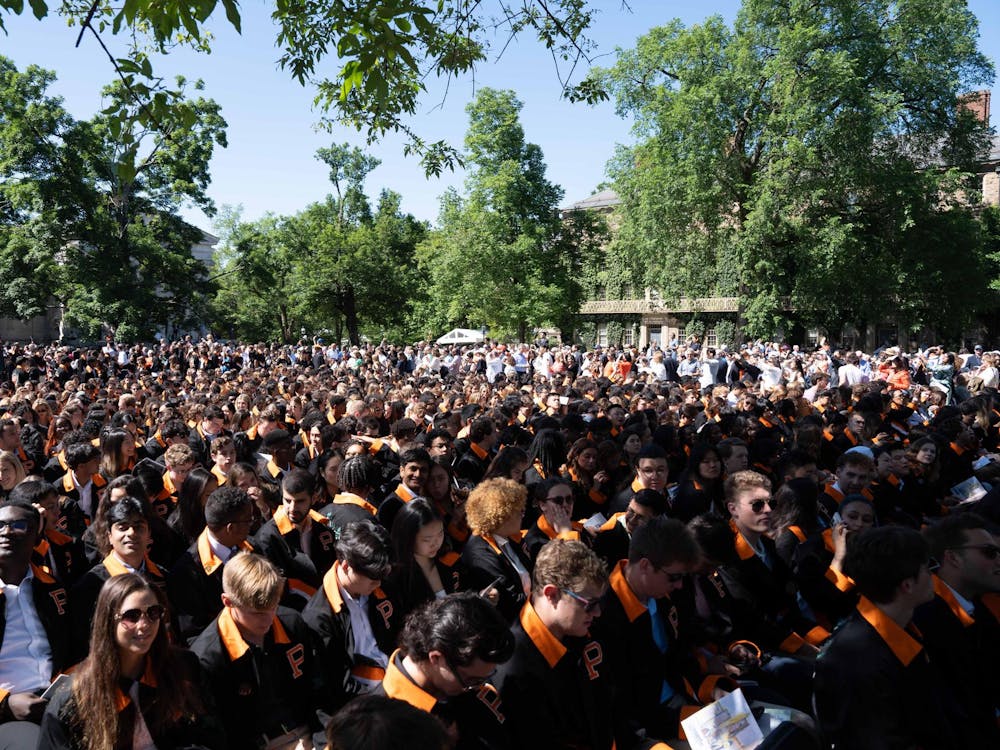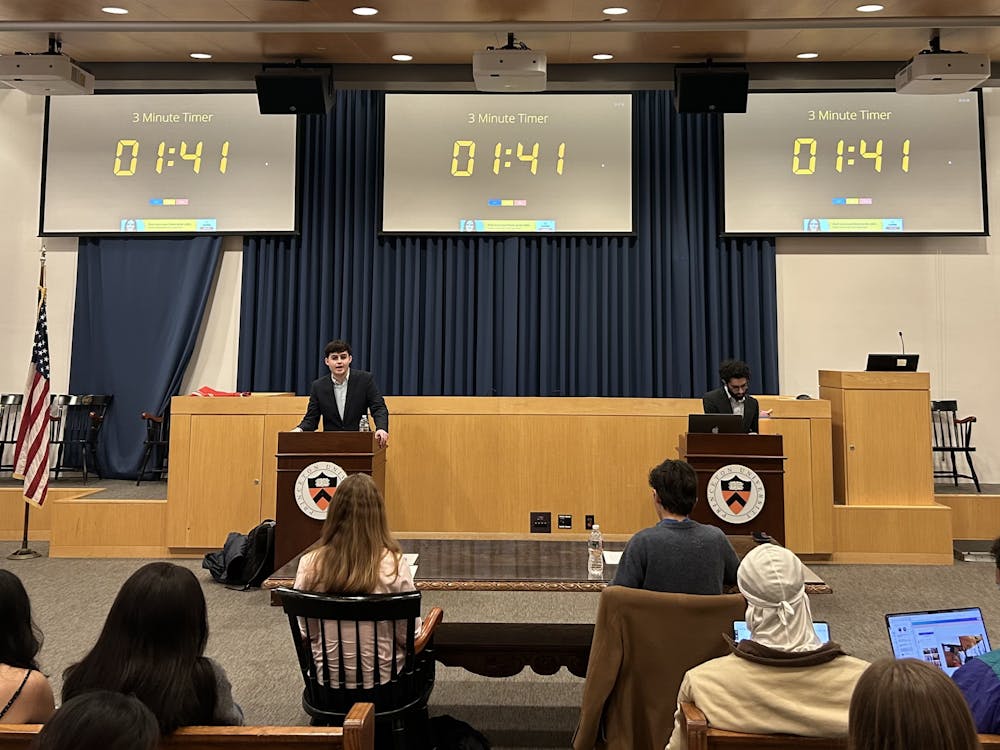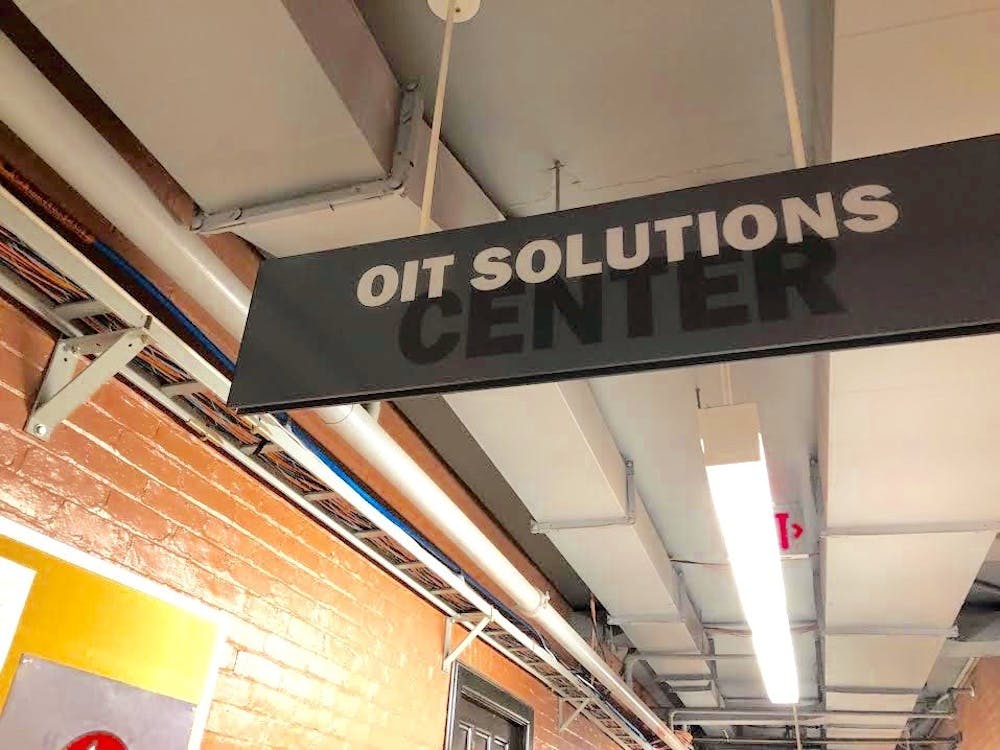Princeton is the school of Ralph Nader ’55 (magna cum laude; Phi Beta Kappa) — famous rebel, muckraker, progressive, and activist, right? Well, not really.
When I arrived at Princeton, I discovered a small, welcoming community of committed activists in Divest Princeton; Students for Prison Education, Abolition, and Reform (SPEAR); Princeton Committee on Palestine (PCP); and a few other groups organizing direct actions. But overall, Princeton’s administration is not friendly toward protest, direct actions by students are generally small, and it’s difficult to mobilize people. Princeton is full of ideas and dialogue, but few students are actually committed to advocacy or activism — change-making through electoral organizing, policy creation, protest, and direct action.
Princeton’s student body boasts a wide diversity of interests, strengths, and perspectives. But when it comes to the inclusion of students with a commitment to activism, it falls short.
From an electoral perspective, as Community Opinion Editor Rohit Narayanan highlighted last spring, Undergraduate Student Government (USG) elections are uncompetitive, and the student body is often disinterested in them. This year, only 54 percent of first-years turned out for the class council election. Last year, the sole contested class council election garnered 57 percent turnout and five of the 10 U-Councilor seats were filled by appointment. Most Princeton students also sit out federal elections: The Princeton Vote100 Project reported only 48.2 percent of University students voted in the 2018 midterms, five percentage points under national voter participation rates. Princeton’s undergraduate voter participation rate was just 75.4 percent in the 2020 presidential election, at a time when democracy itself was on the line.
What accounts for such a weak body politic? Very little is at stake when it comes to USG, and students are not actively engaged in the issues of the day. These low stakes and low engagement are directly related to the lack of activist changemakers on campus, which lags behind our peer institutions.
Take Divest movements on other university campuses, for example, which call for schools to divest their endowments from fossil fuels and often other harmful assets. Only about 15 Princeton students attended the 2019 Global Climate Strike in Princeton, compared to more than 40 students from a local high school, and over 600 people in total. In one of Divest’s largest direct actions, about 100 people rallied outside Nassau Hall in April 2021.
Yet, other Ivy League schools regularly see Divest protests with far greater engagement. Divest Harvard occupied Massachusetts Hall in 2015 with more than 30 students, and a group of 150 blockaded the building a few months later. That year, 150 Yale students also blockaded an administration building, and 19 were arrested for the act of civil disobedience. Yale students also organized a major sit-in in 2017, and in 2019, about 1,000 Yalies turned out for the Global Climate Strike that attracted just 15 Princetonians. At the 2019 Harvard-Yale football game, several hundred students joined a protest for divestment from fossil fuels and Puerto Rican debt, storming the field during halftime. Near the end of their more than five-week long encampment protest this fall, 80 University of Pennsylvania students and community members rushed the school’s homecoming football game to protest for divestment. In contrast, Princeton has seen just one major disruptive action in the last few years, the Black Justice League’s 100-strong sit-in in Nassau Hall in 2015, which was extremely successful.
Neither Harvard nor Yale have reached their potential when it comes to civic engagement and action, but Princeton is still embarrassingly behind. The problem is not a lack of values: In the case of divestment, 82 percent of undergraduates who voted in the 2020 referendum supported it. Princeton’s problem is a lack of action.

This isn’t surprising, given that Princeton administrators set “dialogue” as the institution’s priority time and again. Princeton is rightfully proud of its commitment to open discussion of difficult issues. But to be “in the service of humanity,” we need more than talk; we also need action. So why isn’t there more action on campus?
In part, it is because of the admissions process, which elevates deference to authority. Applicants need to impress and flatter teachers for stellar recommendations; offer conformist answers to win high GPAs and scores on standardized exams; and not ruffle the feathers of power to be promoted in extracurriculars. Unlike our Ivy League peers, Princeton has consistently doubled down on this bias in the application, centering discussion rather than action in their supplementary prompts.
For the last three application cycles, Princeton has asked a supplementary question about dialogue: “At Princeton, we value diverse perspectives and the ability to have respectful dialogue … Share a time when you had a conversation … about a difficult topic.” Although the University Office of Communications, on behalf of the admissions office, declined to answer my inquiry about the value of this question, we can see its effect. It prioritizes conformity and a certain way of engaging with the world — one that prioritizes conversation over acting upon your values.
It’s true Princeton includes a supplementary question about “how your story intersects” with the ideals of service and civic engagement. But high school community service almost never translates into activism. The 2026 Frosh Survey reports that almost 80 percent of current first-years have participated in “community service,” but this hasn’t translated into a high number of activists, or even advocates, on campus. Moreover, “service” can also curb activism. As Alex Norbrook ’26 wrote in The Princeton Progressive, the University’s Pace Center for Civic Engagement coordinates “service” but also funnels students away from activism by prioritizing serving existing power structures rather than challenging and improving them.

Since the admissions process creates our campus community, the disinterest in applicants’ active commitment to their values is a large part of what makes our campus so languid when it comes to voting and activism. But where the problem is caused, it can also be fixed. Changing an application question to highlight direct action could help; for example, a new supplementary question could ask applicants to describe a time they were true to their moral values in the face of difficulties. Even simpler, Princeton admissions could value action as part of their overall commitment to diversity: Choosing people who tend toward discussion as well as those who tend toward action is a dimension of diversity that would benefit both Princeton’s campus community and the University’s positive impact on humanity.
So Princeton should step up: Admit more activists this year. With more activists in our student body, our campus can move beyond the vacuous goal of discussion for the sake of discussion, and toward a place where our “truth-seeking” is followed by action and positive change.
Eleanor Clemans-Cope (she/her) is a first-year from Rockville, Maryland intending to study economics. She spends her time making music with Princeton University Orchestra and good trouble with Divest Princeton. She can be reached on Twitter at @eleanorjcc or by email at eleanor.cc@princeton.edu.








